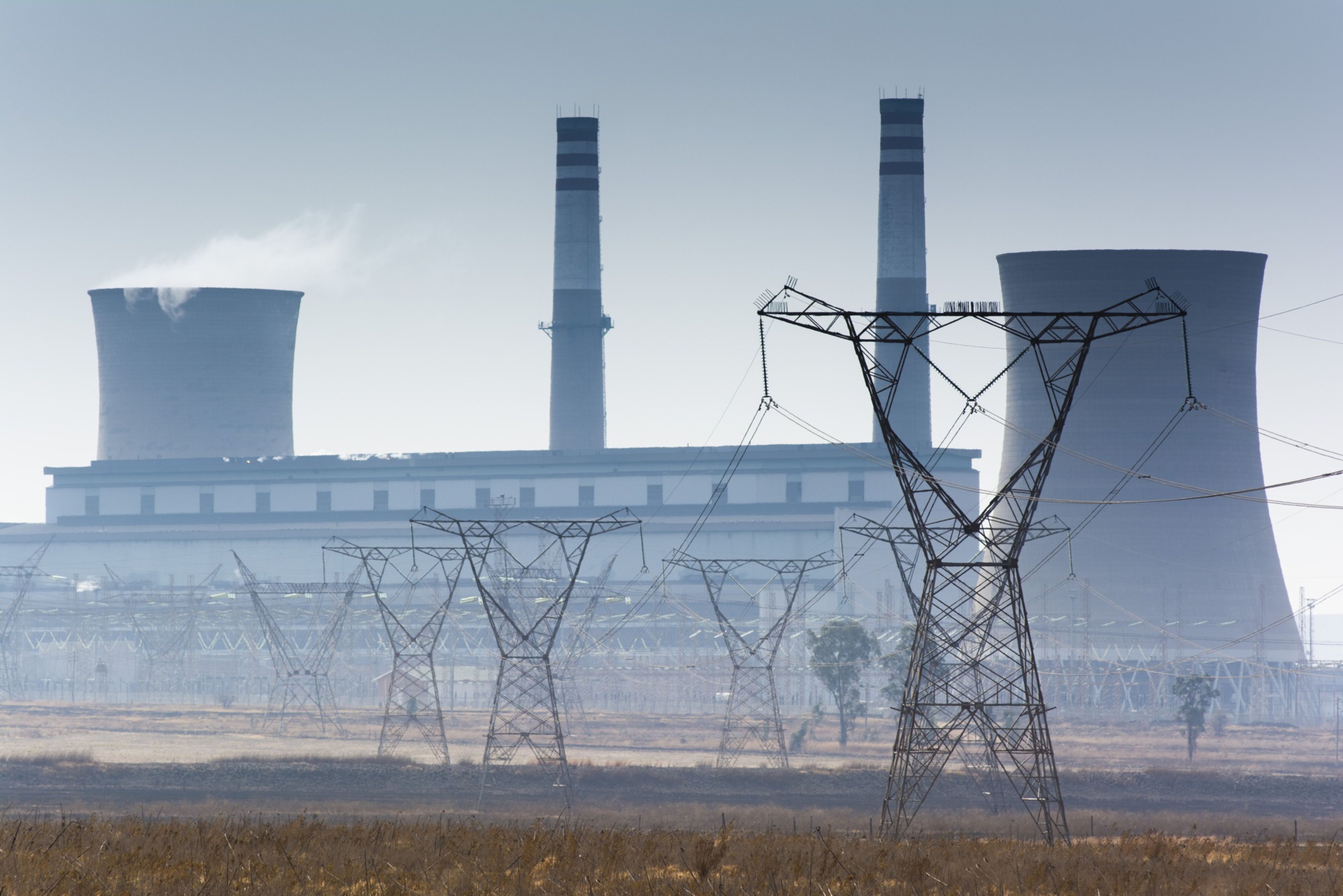“Due to present capacity constraints and in order to allow opportunity for other stations to undertake maintenance it has been decided to continue with the operations of Grootvlei, Camden, Hendrina with station shut-down occurring by 2030,” Eskom said in the documents. “Investigations in respect of this are underway.”
The decision will raise further concerns about South Africa’s commitment to reducing emissions of greenhouse gases and other pollutants. Eskom produces about 95% of South Africa’s power, and most of it comes from its 15 coal-fired plants. South Africa’s greenhouse-gas emissions match those of the U.K., which has an economy eight times larger.
South Africa has been hit by regular power cuts since 2008 as Eskom struggles to produce enough electricity.
The three plants have the capacity to produce about 4,600 megawatts of power, accounting for about 10% of the utility’s generation capacity. Eskom had planned to close their operating units down between 2020 and 2026, according to the CER. They were built in the 1960s and 1970s.




 Electrical power lines hang from transmission pylons as the Eskom Holdings SOC Ltd. Grootvlei coal-fired power station stands beyond in Mpumalanga, South Africa, on Wednesday, Aug. 7, 2019. Eskom, South Africas biggest polluter, said emissions of particulate matter that cause chronic respiratory disease are at their highest level in two decades as the state power utilitys financial meltdown has seen it skip maintenance and has triggered strikes.
Electrical power lines hang from transmission pylons as the Eskom Holdings SOC Ltd. Grootvlei coal-fired power station stands beyond in Mpumalanga, South Africa, on Wednesday, Aug. 7, 2019. Eskom, South Africas biggest polluter, said emissions of particulate matter that cause chronic respiratory disease are at their highest level in two decades as the state power utilitys financial meltdown has seen it skip maintenance and has triggered strikes.